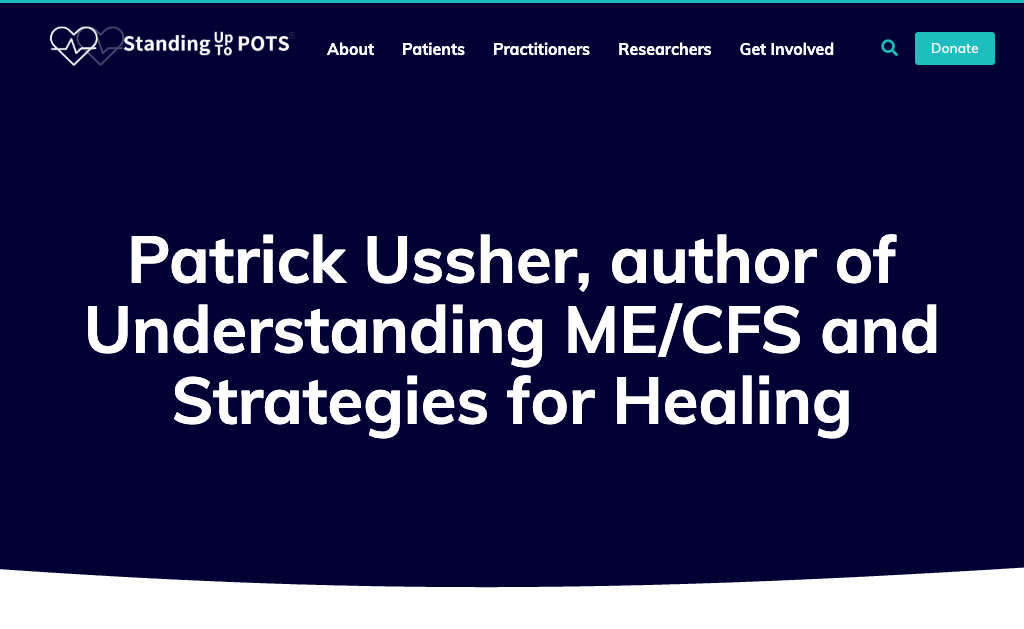Patrick Ussher, author of Understanding ME/CFS and Strategies for Healing
Author and patient Patrick Ussher discusses his book outlining a unifying biomedical model of ME/CFS (drawing on Wirth & Scheibenbogen): interconnected loops of autonomic dysfunction, low blood volume, vascular hypoperfusion, autoimmunity, and microclots drive cellular changes in skeletal muscle (elevated intracellular sodium leading to calcium overload), mitochondrial damage, and post‑exertional malaise. He highlights Mitodicure, a proposed drug specifically designed from this model to prevent the sodium–calcium cascade, protect mitochondria, reduce crashes, and potentially enable recovery pending clinical‑trial funding. Ussher also recounts a severe thirst crisis misdiagnosed as “psychogenic polydipsia”; he found rapid relief with oral rehydration solution (ORS), argues many ME/CFS/POTS patients are misdiagnosed when thirst stems from hypovolemia/autonomic issues, and is collaborating with a thirst‑physiology expert to publish on this. Treatments he has tried (not recommendations) include HELP apheresis in Germany (objective improvement of blood rheology; ~20% functional gain; chest pressure and severe cerebral hypoperfusion symptoms resolved), medical‑grade HBOT at 2.4 ATA in Romania (did not help and lowered his baseline), and ongoing intermittent hypoxic–hyperoxic therapy (IHHT) to improve oxygen utilization. Practical takeaways he found helpful: prioritize ORS over plain water to support volume, consider breathing retraining (Buteyko) to raise CO2 and improve perfusion, and note that very low ESR may hint at hyperviscous blood/microclots (formal testing available in select centers). He emphasizes overlap between POTS and ME/CFS physiology, the need to consult one’s own clinician, and balancing hope with realistic, stepwise self‑management while the field advances.
